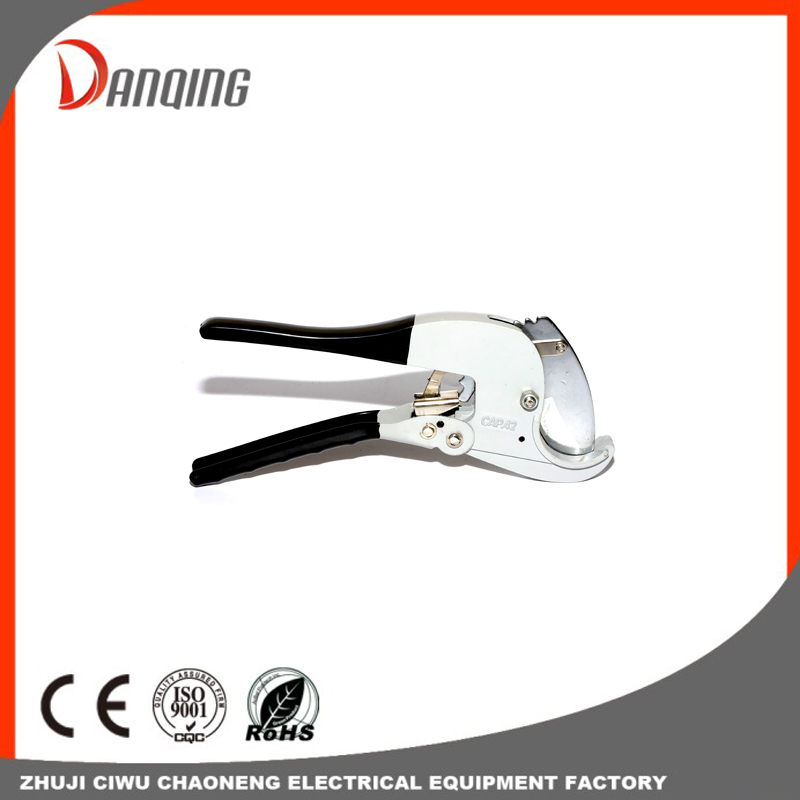Safe operating procedures for pipe cutting
Safety operating procedures of pipe cutting machine: […]
Safety operating procedures of pipe cutting machine:
1. First, please use clamps or other means to safely, effectively and stably clamp the workpiece. Never use your hands or your body to hold the workpiece. This is unstable and safe, and it will cause the workpiece to lose control.
2. Don't overuse electric tools, please choose suitable electric tools on different occasions. The right tools will enable you to complete your work faster and safer.
3. If the switch does not work, please do not use electric tools. Any power tool that cannot control the switch is very dangerous and must be repaired immediately.
4. The power must be disconnected before adjusting the tools, replacing accessories, and storing them. These measures can prevent the risk of accidentally operating the tool.
5. When storing power tools, be careful not to allow irrelevant personnel to get them, especially children. Because power tools are very dangerous for trained personnel.
6. Carefully maintain the tools and keep the cutting tools sharp and clean, so that the work is easier, smoother and easier to control.
7. Check the tool regularly to see if the position of the moving parts is incorrect, the parts are damaged, or other damages that may affect the normal use of the tool. If there is, be sure to repair it before use. Many accidents are caused by improper maintenance of tools.
8. Please use only recommended accessories. An accessory suitable for one tool can be dangerous for another tool.
9. Check the tools and power cord regularly, and replace them immediately if they are damaged. A damaged power cord will increase the risk of electric shock.
10. Keep the operating handle dry and tidy to avoid grease pollution. This will be easier to control when using the tool.
11. Please wear safety glasses and ear protection equipment. This prevents foreign objects from entering the eyes and hearing damage.
12. Ensure that all protective devices are in place and available normally. Do not clamp the workpiece when the protective cover is open. Exposed saw blades increase the probability of injury accidents.
13. Place the dry cutting saw on a level and level workbench. Ensure that the dry cutting saw is stable and will not tip or slip off.
14. Please use a vise to clamp the workpiece, do not hold the workpiece with your hands, as this will make the workpiece lose control.
15. When the tool is energized, do not put your hands within the working range of the dry cutting saw. Never put your hands on the dry cutting saw or your back, as this can be dangerous.
16. Before cutting, make sure that the motor has reached the maximum speed. Do not cut during the acceleration phase.
17. Please use the saw blade that matches the speed specified on the nameplate. Otherwise, the saw blade that does not meet the requirements will cause various dangers.


